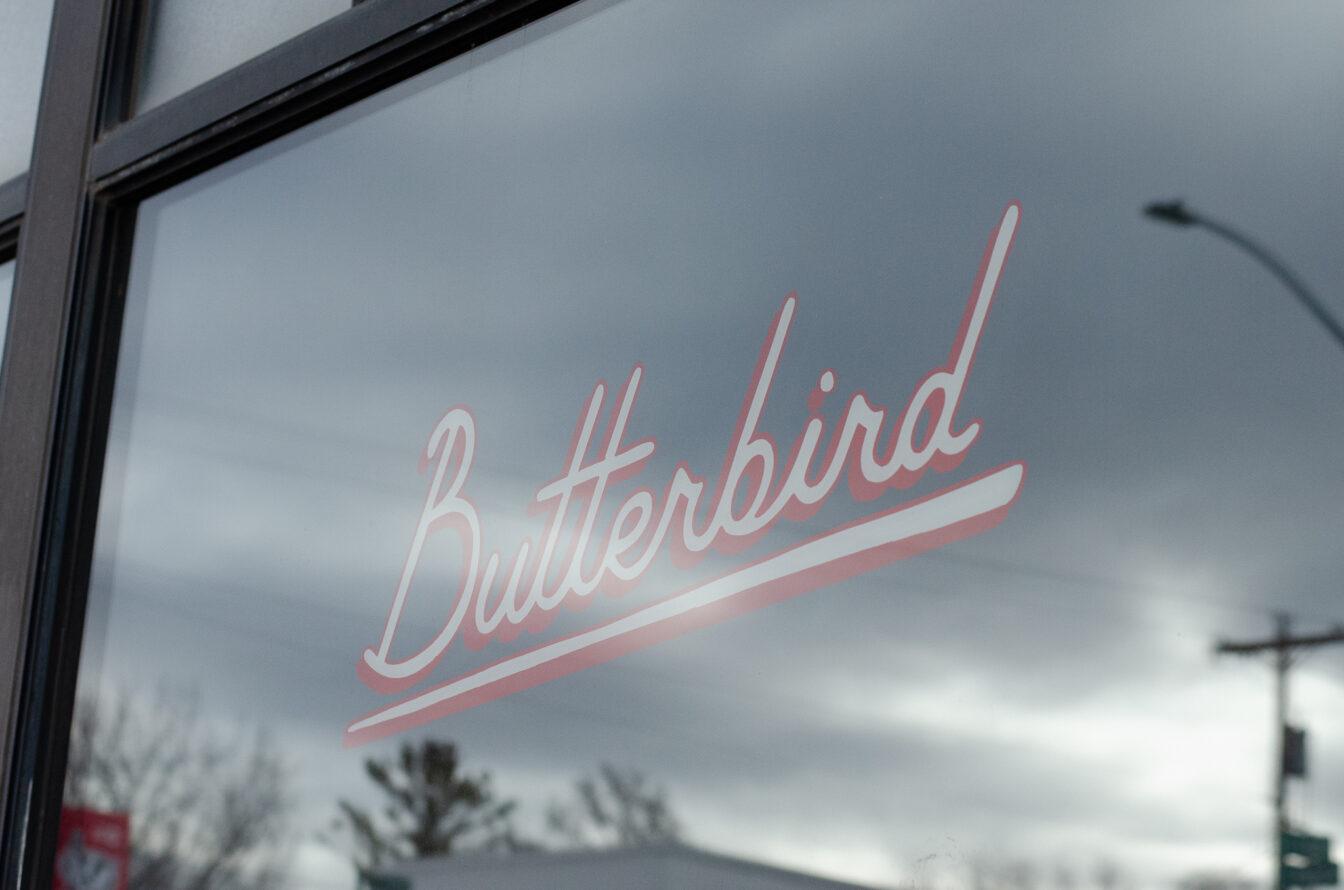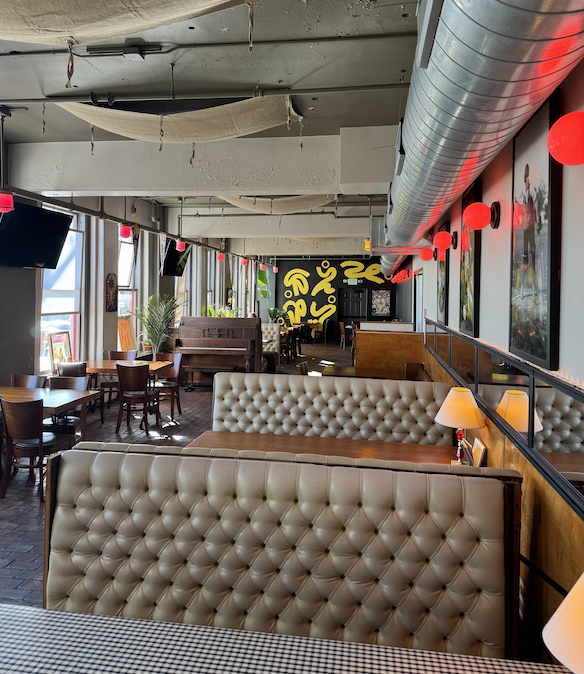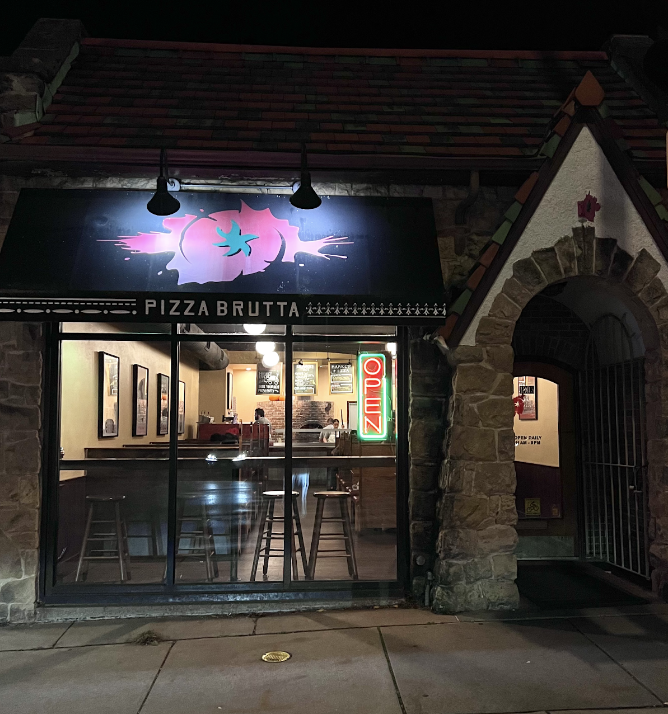It was 5:15 p.m. on a Thursday. Most dining halls at the University of Wisconsin had just started serving dinner. Unlike many of his freshmen peers who were heading to Gordon Avenue Market, sophomore Jake*had another place to go.
Despite having only one granola bar to power him through a long day of classes, Jake dragged his body to a clinic on West Gorham Street to complete another “chore.”
Two hours later, Jake left the clinic with a $50 reloadable debit card that would supply his dinner that night. He had Ramen Noodles and box mac and cheese.
That was Jake’s third plasma donation that semester.
“I literally had no money for food or anything,” Jake said. “And you don’t want to tell that to other people in Madison because people here come from affluent households and they don’t really talk about food insecurity.”
He described the day as one of the best and worst days of the semester. It had been the worst because of the physical exhaustion he experienced with the procedure. It had been one of the best because it meant he would be able to afford a full meal.
Food insecurity like Jake experienced is fairly common at UW. According to the 2016 Campus Climate Report, 12 percent of students struggle with food or housing insecurity. For a first-generation student of color like Jake, that strife increases to 22 percent. Students of other marginalized groups are also more likely to report such experiences.

“I literally had no money for food or anything. And you don’t want to tell that to other people in Madison because people here come from affluent households and they don’t really talk about food insecurity.”
Considering the existing prevalence of food insecurity on campus, some students are concerned the new meal plan policy announced in December will pose added challenges to food affordability and the education of low-income students on campus.
The tensions surrounding the meal plan are layered on UW activists’ and organizations’ ongoing efforts to address food insecurity. For them, the meal plan is one part of a larger issue.
Conflicting expectations for meal plan
“I can’t eat!” Students chanted as they gathered at Gordon Avenue Market Feb. 13 to protest the meal plan policy that will mandate all students living in University Housing deposit at least $1,400 per year, divided over a quarterly basis, onto their WisCards for food. The plan is set to be implemented fall 2018.
“The $1,400 rule requires low-income students to forgo money that they do not have,” UW sophomore and activist Rena Newman said to a crowd of about 100 people, describing the meal plan as “discriminatory.”
Many students, alumnae and parents share similar sentiments as Newman. To date, 3,676 have signed a petition Newman and UW alumna Brooke Evans, an activist and advocate for student hunger and homelessness, co-authored in December. The petition calls for the rule’s immediate repeal.
The petition cited the university’s disregard for students’ socioeconomic status, dietary restrictions and religious observations. University Housing has since modified the meal plan to include a review process for students looking to opt-out for dietary and religious reasons.
But the opt-out procedure is not open for students who are looking for exemption on the basis of socioeconomic status.
University Housing director Jeff Novak said the new plan will not change the cost of attendance. He rendered $1,400 as a “baseline start” for nine meals a week, as well as purchases for snacks or beverages. Novak also sees students spending “much more” than that. He said UW will continue to have the lowest cost in the Big Ten.
I can’t eat!
Some are concerned this narrative about financial coverage is fallacious. UW senior and activist Tyriek Mack, for example, said financial aid will not cover the entirety of a mandated fee that had previously been optional.
“I think what the university is trying to show us is that the meal plan will be covered by tuition, therefore students can get more financial aid dollars to go toward the meal plan,” Mack said. “However, it’s not guaranteed that financial aid is actually going to supplement that cost for every student. So there’s going to be students who suffer because they won’t get the financial aid they need to cover that $1,400.”
But Greg Offerman, associate director of outreach and advising at the Office of Student Financial Aid, said the cost of the meal plan is less than what is accounted for food within the room and board items under the cost of attendance. In other words, students who receive financial aid for housing will be able to have it cover the cost of the new meal plan.
Currently, OSFA’s budget for food is based on a 2015 survey that indicated students were spending about $80 to $90 a week on food, OSFA spokesperson Karla Weber said.
In two 15-week semesters, that would be a total of $2,400 to $2,700 spent on food — at least $1,000 more than the meal plan requires students to deposit. Financial aid already allocates financial support for students based on these higher estimates.
Still, Jake said himself and friends in similar situations had to stop attending dining halls due to costs. His financial aid covered housing but did not sufficiently account for food costs during his first year.
This, he said, has led him to believe that the way financial aid is calculated in Madison may be flawed and is not proportional to actual student need or to maintain a healthy life.
Plan underscores deeper issues
Others are concerned this shift represents a greater systemic issue. Mack said it’s important for society to realize that something as simple as a meal plan points to the idea that education is ‘marketized.’
“It cuts off access for a lot of people,” Mack said. “UW says they are the only school without a meal plan — that every school in the country has a meal plan. That shows how systemic the issue is, because they are using the precedent set by other universities to dictate what direction they’re going to go now.”
The rollout of the meal plan also marks a transparency issue for opponents.
During the protest, Newman said students had learned of the meal plan through a news story. They added that students were not consulted about a decision that will impact all Badgers — past, present and future.
OSFA, too, did not learn about the policy until it was printed in a news story, Offerman said.
“The rollout of the plan was not ideal, sure,” Novak said. “Unfortunately, an interview was being done regarding a different topic…and the answer by the individual who gave the interview started to share a little bit of this, which then took off before we had the opportunity to better share it with all of our campus partners and our students.”
Before the news story, Novak said University Housing had discussed the two options they were considering with dining advisory groups, residence hall advisory groups and Associated Students of Madison.
But ASM spokesperson Courtney Morrison said ASM expressed their opposition against the meal plan when Novak brought the idea to them.
Novak said he thought ASM was more disappointed in the process and not so much the plan. Morrison said this is “not true” from the perspective of the Shared Governance Committee.
Activists, university respond to food insecurity
Regardless of the meal plan’s implications, activists and organizations have been working to combat student hunger in recent years.
In 2017, Badger Food Assistance Resource for Emergencies launched. The pilot program grants a $25 meal card for students in need to use at restaurants in the two Union locations. To date, 78 students have used it.
Evans, who herself experienced food insecurity and homelessness, spearheaded The Open Seat in 2014, a food reserve that served more than 700 students last year.
“My feeling is that, by having these projects out and running now, we’ll have far more an argument for having shared governance power over things like dining in the future,” Evans said.
The Open Seat provides non-perishable foods as well as limited produce and personal care products.
Other than these resources though, Evans realized that students like herself were “not the target market anywhere” for aid. She proposed to Novak, the Wisconsin Union and University Athletics that food vendors accept Supplemental Nutrition Assistance Program (SNAP), more commonly known as food stamps.
“One of the things we’re trying to ensure now is that we have ways to find out if people are insecure by kind of gently putting materials out there,” Carl Korz, associate director for dining and hospitality services at the Union, said. “Previously, people may not volunteer that information, it could go under the radar.”
The Badger Market in Union South and the Flamingo Run at Gordon Avenue Market now accept SNAP. Soon, Flamingo Runs at Chadbourne and Dejope Residence Halls will also become SNAP-accessible, Novak said.
Korz said SNAP use at these locations remains “relatively light.” The Flamingo Run at Gordon Avenue Market sees about 25 transactions each month, University Housing spokesperson Brendon Dybdahl said.
Novak said they have been seeing more usage each month. Still, they never anticipated Flamingo Runs to match up to grocery store traffic.
SNAP benefits not a one-size-fits-all solution
But even with SNAP at UW, food insecure students’ challenges are not resolved.
When the state of Wisconsin became aware Evans intended on returning to school in 2014, they readjusted Evans’ qualification requirement for SNAP, asking her to work 20 hours a week to maintain eligibility per the requirements listed on their website.
As a McNair Scholar, Evans was already required to complete 400 hours of research in the summer and to work 10 to 30 hours a week on her research during the academic year. She received a stipend for her work and was told that it was regarded as a job.
“You want me to get another job that’s at least 20 hours a week, on top of this other one that I have,” Evans said. “I want you to understand that you’re not regarding what I’m doing as a job, as work hours, is wrong. This shows how [education] fails to intersect with eligibility for food stamps.”
Evans has since then been lobbying to change eligibility criteria for college students.
James Dubick, director at the National Student Campaign Against Hunger and Homelessness, also acknowledged that though the government has numerous programs to combat food insecurity, students often face a different set of challenges in qualifying for them.
“Unfortunately, most college students are not eligible for SNAP benefits,” Dubick said in an email to The Badger Herald. “But some colleges are promoting SNAP with the hope that it can help those students who do happen to be eligible.”
Though there was interest in expanding the program to dining halls, USDA regulations — which require vendors to carry less than 50 percent of hot and customized food — would render most dining halls unfit for SNAP, Dybdahl said.
Considering the overall challenge for students to access and qualify for government assistance programs, Anthony Hernandez, research assistant at the Wisconsin HOPE lab, said they are particularly fond of the idea of “one stop” services that would connect food insecure students to local social services’ safety nets.
“Those resources contribute to their sustainability at the university, towards their success,” Hernandez said.
Evans, who was an undergraduate researcher at the Wisconsin HOPE lab, pioneered such efforts in 2014. She helped patrons of The Open Seat sign up for FoodShare, the SNAP program of Wisconsin. She also created a task force to tackle housing and food insecurity. There, she information for food insecure students and helped connect them with resources.
But just how affordable is a balanced diet for UW students — food-insecure or not — outside governmental assistance programs?
The Thrifty Food Plan, a healthy eating basket designated by USDA as the basis of SNAP benefits, outlines five major food groups: whole grain, potato products, fruits, milk-based products and fats. The food plan is cheaper at off-campus locations, such as Woodman’s and Walmart, than at local grocery stores, such as Fresh and Capitol Market Center.
However, Lankton said off-campus locations may prove challenging due to distance and, subsequently, traveling time. Moreover, Canto cited research that says such the food plan assume availability for food preparation; convenient food is often more expensive.
Student organizations provide subsidized or free food
Other campus student organizations and campus initiatives look to alleviate food insecurity by providing affordable or free food directly to students.
For Slow Food UW, Monday nights mean family dinner nights in the basement of The Crossing. Its founders launched the program with the idea that healthy food should be accessible, UW senior and Co-Director of Slow Food South Madison Marah Zinnen said.
Today, Slow Food provides students with a three-course, locally-sourced dinner for $3-5 with a subsidized ticket and is complimentary for students in need.
The Campus Kitchen Project partners with University Housing to recover about 100 pounds of excess food at Four Lakes Market in Dejope Hall, Campus Kitchen Project spokesperson Angad Dhariwal said.
F.H. King, a student organization for sustainable agriculture, also gives out roughly 200 pounds of produce they grow at their gardens at Harvest Handout, which occurs every Friday during the growing seasons. Newman, the group’s outreach director, said facilitating conversations about food justice is also part of their mission.
Similarly, UW senior Hannah DePorter partnered with horticulture professor Irwin Goldman to create the Campus Food Shed, which provides produce leftover from agriculture research to students.
But Canto said emergency feeding sites are not going to end the hunger problem.
“By definition, food pantries and food sites are intended to be more of an emergency food access point,” Canto said. “It really takes the involvement of multiple sectors and multiple areas of support.”
Representation in forming solutions
Despite their varying methods, groups like Slow Food and the Campus Kitchen Project all share a common goal in addressing issues of food justice and accessibility.
But Newman said it’s important for organizations alleviating food insecurity to not pose as doing more than they actually can.
Canto said some food insecure students may fear the stigma associated with connecting to emergency food sites and other resources. It’s important communities create inclusive environments where students in need feel comfortable.
“As someone who has experienced food insecurity, I believe that no one — especially hard working students — should have to go through starvation and stress about when their next meal will be.”
In addition to those issues, Evans observed the gap between resources and awareness when she first created the pantry.
“It’s one thing that we have a pantry existing, but we also ought to talk about that you can qualify for Foodshare,” Evans said. “People did not know that they could qualify, even if they came from families who did, because it’s not talked about anywhere.”
Newman, too, said though they believe their Harvest Handout is “fairly well known,” its popularity doesn’t matter unless it’s reaching the people they are hoping to help.
Evans also noted the importance of having food insecure students partake in decisions campus organizations and leadership make. Otherwise, they are merely working from a “lone, privilege island” devoid of interaction with those whose needs they are attempting to meet.
Jake is one individual doing this at the Working Class Student Union. He said WCSU has been receiving inquiries about resources for food insecure students. He, too, realized many students in need may not be aware of the resources available to them on campus.
Currently, he is working with peers to organize a food insecurity segment for the annual WCSU spring conference.
“As someone who has experienced food insecurity, I believe that no one — especially hard-working students — should have to go through starvation and stress about when their next meal will be,” Jake said. “Now I’d like to take a more direct approach and personally reach out to students who are struggling with food security on this campus.”
*Names have been changed to protect the identity of food insecure students.
*This is an elongated version of the print version of this article.
*In the print version of this article The Badger Herald misgendered Rena Newman, who uses they/them/theirs pronouns. The Badger Herald regrets this error.



























